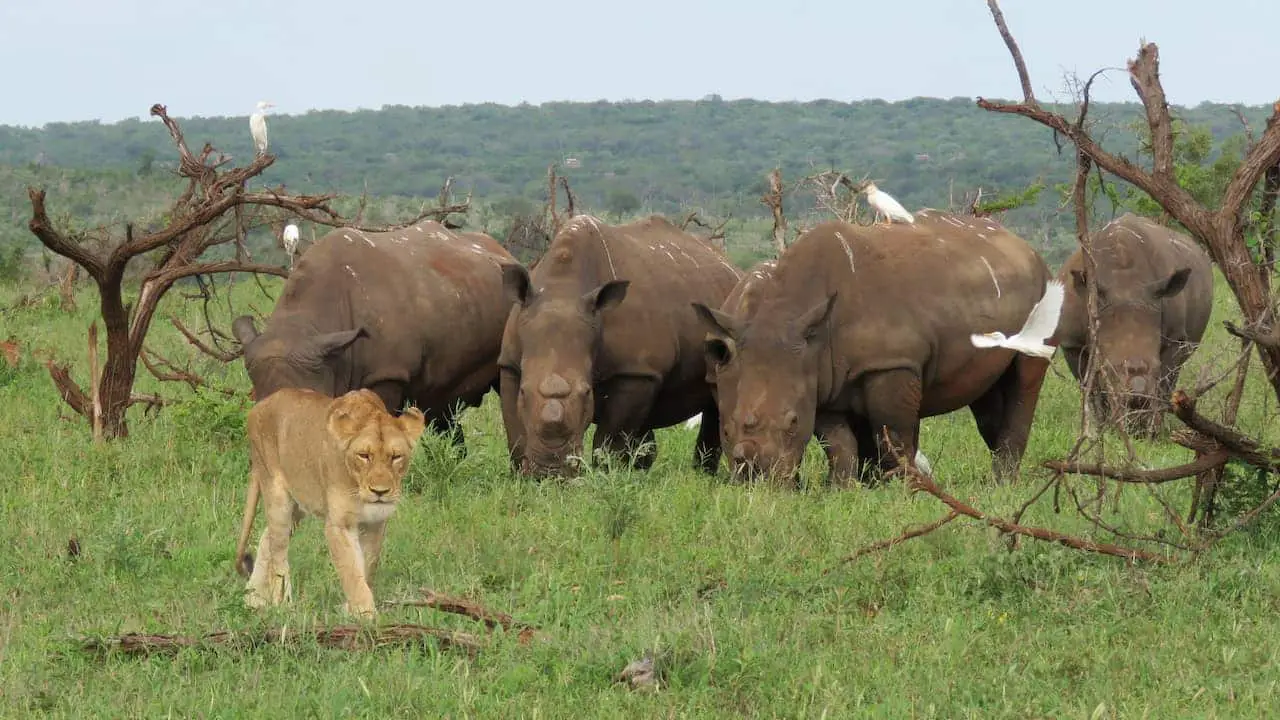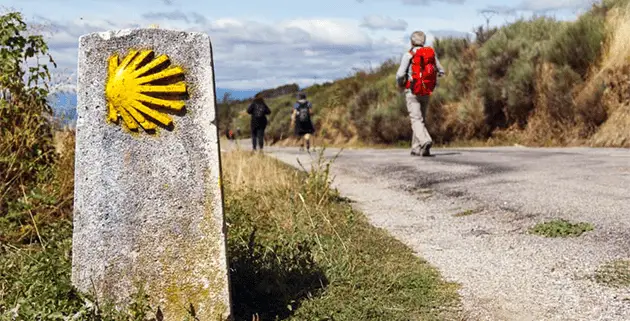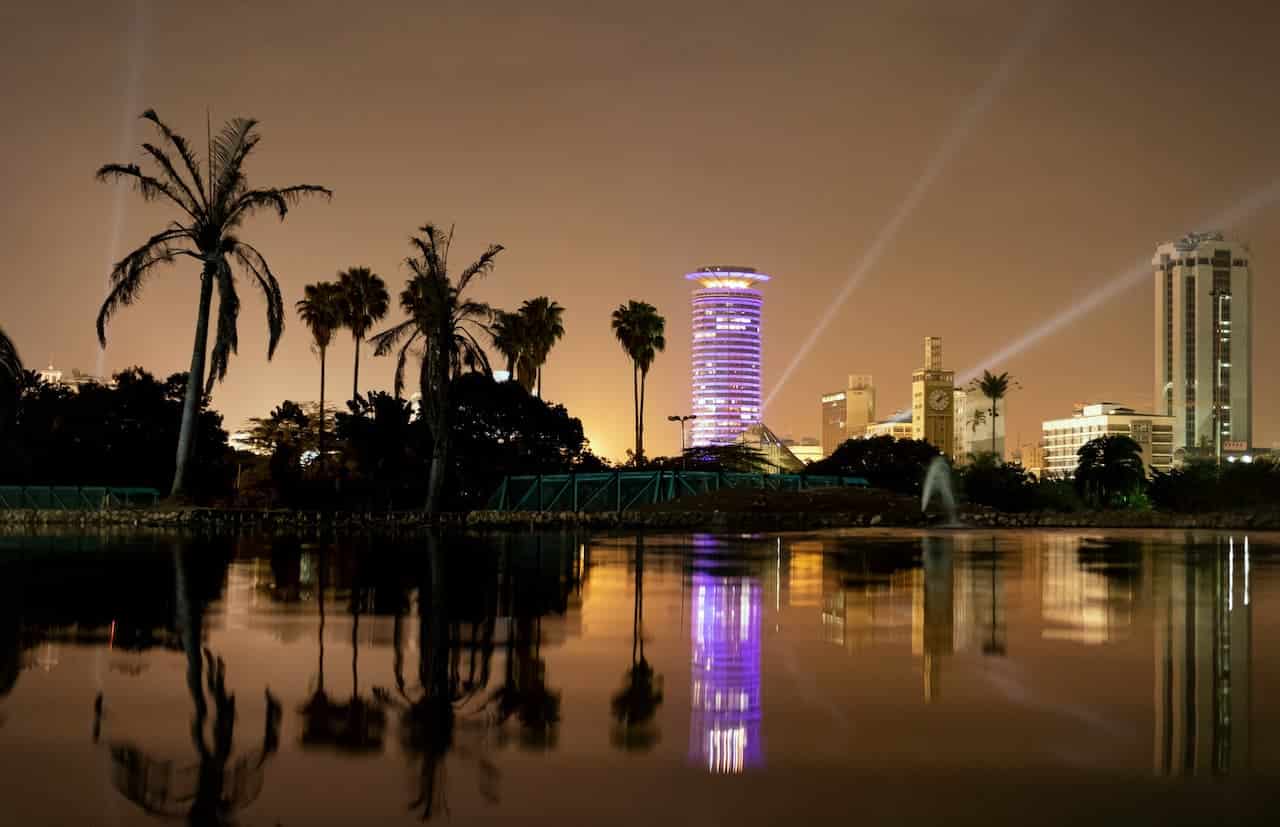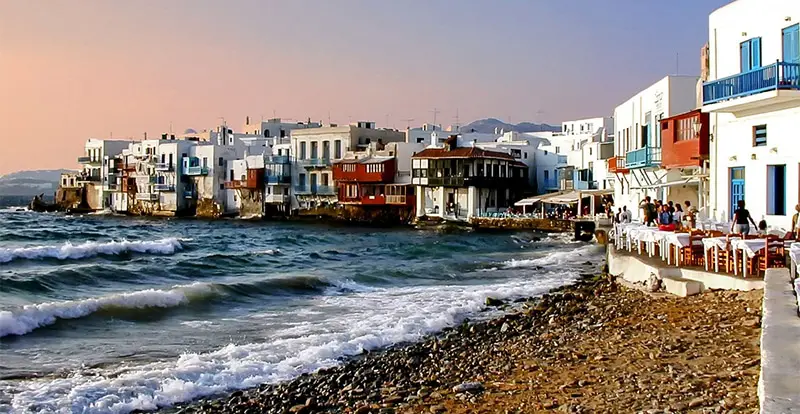Southern Africa: Island hopping at its best
The Southern Africa region consists of 15 countries, including Madagascar; Mauritius, Seychelles and Tanzania – perfect island hopping destinations. By Kwakye Donkor.
The Southern Africa region consists of 15 countries, namely, Angola, Botswana, the Democratic Republic of Congo (DRC), Lesotho, Madagascar, Malawi, Mauritius, Mozambique, Namibia, Seychelles, South Africa, Swaziland, Tanzania, Zambia, Zimbabwe. Of these countries, 3 of them are islands – Madagascar; Mauritius; Seychelles, and there is the fourth island of Zanzibar, which is actually part of Tanzania. Many of these islands include other islands that make up the whole of each country. Yes, this is island hopping at its very best!
Surrounding Madagascar are a number of beautiful islands to explore and experience. First, visitors can plunge themselves into experiencing the rainforests Madagascar is so well-known for, and then head offshore to another island for a more leisurely, relaxing kind of holiday. Here, days can be spent snorkeling and diving, pedaling around on a bicycle, or simply soaking up the rays while lying on the beach.
The most popular of Madagascar’s island has to be Nosy Be. The island is fairly well developed with several charming boutique hotels to stay at. And if Nosey Be still isn’t subdued and hushed as a traveler would like, there are even quieter islands where all the cares of everyday life just slips away, such as Ile Sainte Marie on the east coast and Nosy Komba off the northern coast of Madagascar. There are even private islands – Tsarabanjina and Nosy Iranja – waiting to embrace the weary with privacy and deep breaths of solitude and peace.
Some of Madagascar’s little islands have villages, offering the experience of watching a dhow sail by and grazing cows in the fields. So undisturbed, it is easy to spot ghost crabs scuttling over the sand and frigate birds soaring on high. Islands within an island – seeming to appear untouched, as visitors feel the soft, warm sand slide through their toes, and the clear, cool water of the ocean washing over them, almost as if being healed.
There are regular flights from Antananarivo to Ile Sainte Marie while even more fly to Nosy Be, from where boats reach Nosy Komba, Tsarabanjina and Nosy Iranja.
Mauritius will enchant and uplift the soul, making visitors feel like they belong to the chosen few.
The island of Mauritius is set in a turquoise sea and is a land of blue lagoons, scenic streams, and exotic coral reefs, all fringed by undulating stretches of pure white sand dotted with clusters of casuarina trees and coconut palms.
In fact, the entire coastline of this lush island is powdered with pure white soft sand, inviting visitors to luxuriate in lazy inactivity, take leisurely strolls, or waft about in the balmy azure waters.
In this heavenly setting, there are ample opportunities to explore the mysteries of the marine world by means of snorkeling, scuba diving, and “undersea strolls,” or to participate in water sports such as kayaking, jet skiing, motor boating, parasailing, and much more.
Or for those not feeling that adventurous, there is a slow trip in a glass-bottomed boat that provides clear glimpses of the marine life and corals below.
Windsurfing is also popular with adventure enthusiasts, who take advantage of the near-perfect conditions of the Mauritian waters to get their adrenaline pumping.
Or visitors might choose to go sailing, as conditions are always near perfect, and charter a small sailing dinghy or a yacht.
Forming a luxurious backdrop to the exquisite beauty of the island are the world-renowned Mauritius hotels, each of them offering opulent accommodation and scrumptious tropical cuisine, making this the most idyllic destination imaginable.
Some of the most popular beaches of Mauritius are the Baie du Tamarin, Flic-en Flac, Cap Malheureux, Blue Bay and the Belle Mare.
Le Morne Brabant, a peninsula at the southwestern tip of Mauritius, is characterized by a lone basaltic rock soaring 556 meters above sea level and is one of the most imposing sights on Mauritius. The summit covers an area of more than 12 hectares, housing many overhang caves on its steep slopes, and the peninsula lies in the embrace of a lagoon, its unique natural beauty attracting many visitors every year.
It is also one of the last refuges of one of the rarest plants in the world, the Mandrinette. Here, visitors may indulge in diving, fishing, and windsurfing.
The island of Zanzibar is actually a partner state in the United Republic of Tanzania. It is known as the majestic spice island of the Indian Ocean and actually consists of two main Islands of Unguja (commonly referred to as Zanzibar Island), Pemba and about 51 other surrounding small islets.
The paradise shores of Zanzibar are as exotic as its name. Rugged coral and limestone scarps form a sheltered backdrop to tranquil, caster sugar beaches that slope gently down into crystal-clear waters, abundant with marine life. Tall coconut palms and stalking pandanus cast their wondering shadows over the white sands and swaying hammocks, while green wood hoopoes and Weaver birds flit and flutter between the green leaves and pendulous fruit high above.
Mangapwani is rather remote and, therefore, more peaceful and less visited, and its golden sands – fringed with palm trees and screw pines – have the tranquil atmosphere of a lost paradise. Further up, on the northern tip of the island is the popular Nungwi Peninsular, with its boat-building industry, coral lagoons, and Turtle Aquarium. On the southern tip of the island are some remote and rugged beaches, yet there are adventures and activities here to suit all tastes – including the Zanzibar dolphin safari at Kizimkazi, which lies within the Menai Bay Conservation Zone.
Beach activities include schools for diving, windsurfing, and kitesurfing. The islands of Unguja and Pemba are endowed with some of the best and most varied dive sites in the world, with diving courses catering to the novice up to dive master standards. Steep wall dives, drift dives and world-class coral formations make this area a prime location for experienced deep water divers.
Diving from a boat in the clear blue ocean off Zanzibar is one of the most exhilarating experiences to be had on a holiday in this part of Africa. The visibility is usually very good, the water warm, and the marine life diverse and innumerable – swaying weeds and soft coral all seethe with minute organisms that are food for the larger species.
Seychelles is actually made up of 115 islands that fall under two distinct groups. The tall granite, Inner Islands cluster mainly within the relatively shallow Seychelles’ plateau, 4° south of the equator and roughly 1,800 kilometers from the east coast of Africa, while the low-lying coralline cays, atolls, and reef islands of the Outer Islands lie mainly beyond the plateau up to 10° south of the equator.
These Outer Islands are divided into five groups: the Amirantes group lying 230 kilometers from Mahé, the Southern Coral Group, Alphonse Group, Farquhar Group, and finally the Aldabra Group, some 1,150 kilometers from Mahé.
There are 43 Inner Islands in all – 41 granitic and 2 coralline and a total of 72 coralline Outer Islands.
This wide variety of islands that makes up the Seychelles, each has its own particular geography, character, and history. Whether visitors choose a day excursion to one of the many inner granitic islands, or an extended stay at one of the exotic island hideaways, Seychelles has something exceptional to offer.
Experiencing more than one island during a visit is a must and will add a dimension to a holiday experience that will never be forgotten.
A regular network of air and sea transport operating out of the principal island of Mahé will cater to most itineraries, and most island hopping trips include Mahe, La Digue, and Praslin islands. Ferry services, domestic flights, and even helicopter transfers are also available on a daily basis to many of the islands.
About Retosa
The Regional Tourism Organization of Southern Africa (RETOSA) is a Southern African Development Community (SADC) institution responsible for tourism growth and development. RETOSA aims to increase tourist arrivals to the region through sustainable development initiatives, regional competitiveness, and marketing. For more information about RETOSA, go to www.retosa.co.za









